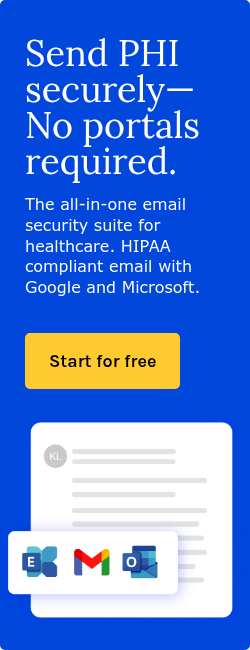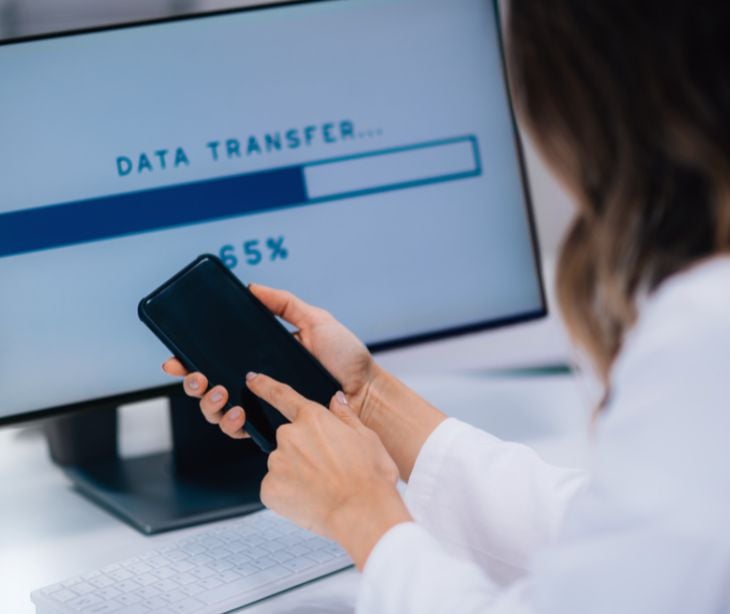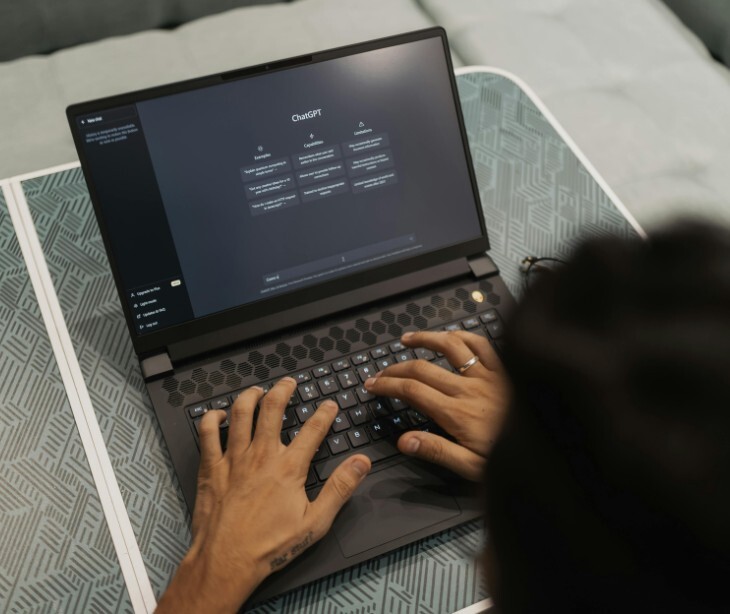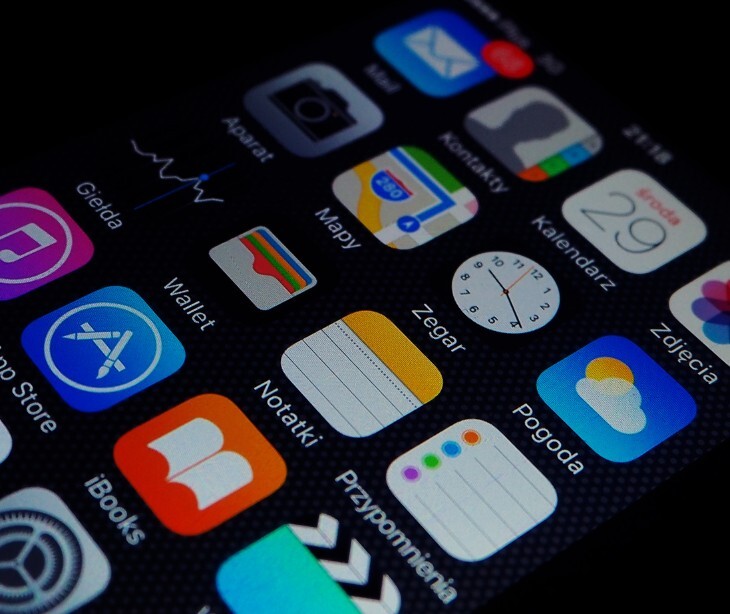6 min read
The difference between health assistance and clinical healthcare delivery
Kirsten Peremore
June 02, 2025
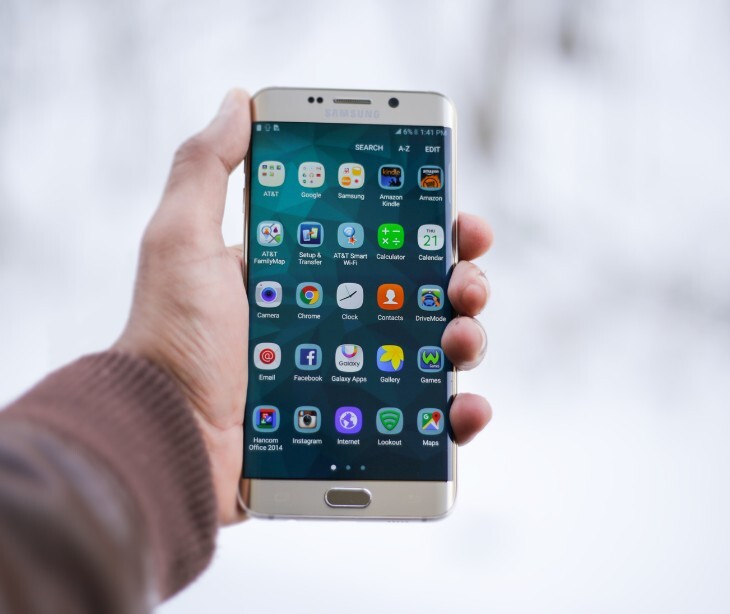
According to a JMIR mHealth and uHealth study titled ‘The Definitions of Health Apps and Medical Apps From the Perspective of Public Health and Law,’ “Apps offer the opportunity to increase the autonomy of patients without necessarily needing to include physicians.” Health assistance apps, often referred to as general wellness or health management tools, are designed to support users in maintaining or improving their health without directly diagnosing, treating, or preventing diseases. These apps typically provide information, reminders, or lifestyle tracking and are not subject to the same stringent regulatory scrutiny as clinical healthcare delivery applications.
Clinical healthcare delivery apps, on the other hand, are intended for medical purposes, such as diagnosis, treatment, or direct clinical decision support. These apps may be classified as medical devices if they meet the definition outlined in section 201(h) of the Federal Food, Drug, and Cosmetic Act (FD&C Act), and thus fall under the regulatory purview of the Food and Drug Administration (FDA).
The FDA applies a risk-based approach, focusing its oversight on apps that could pose risks to patient safety if they malfunction, like those that transform a mobile platform into a regulated medical device or serve as accessories to existing medical devices. In contrast, health assistance apps are mainly governed by privacy and security regulations, such as HIPAA, when they handle protected health information, and by the Federal Trade Commission (FTC) for consumer protection and breach notification.
What is health assistance?
According to a Journal of Medical Internet Research study titled ‘Regulatory Standards and Guidance for the Use of Health Apps for Self-Management in Sub-Saharan Africa: Scoping Review,’ “There is a need for effective regulatory standards” to ensure apps are “technically reliable and clinically safe, interoperable across systems, and compliant with the principles of confidentiality of information and data privacy.”
Health assistance refers to digital interventions that support individuals in managing their health outside of direct clinical care. These apps are designed to empower users to monitor, track, and improve aspects of their physical, mental, or social well-being. Examples include fitness trackers, diet and nutrition apps, medication reminders, symptom checkers, and stress management tools.
Health assistance apps are distinguished by their focus on general wellness, disease prevention, and health education, rather than providing direct medical diagnosis or treatment. In the healthcare app industry, health assistance apps serve as an accessible entry point for users to engage with their health, often facilitating self-management of chronic conditions, promoting healthy behaviors, and providing informational resources.
While these apps may collect and process health-related data, they do not typically require involvement from healthcare professionals and are not classified as medical devices unless they make specific medical claims or perform regulated functions.
What is clinical healthcare delivery?
Clinical healthcare delivery includes the direct provision of medical services to patients, including diagnosis, treatment, monitoring, and follow-up care. The BMC Health Services Research study titled ‘Screening tools for employment in clinical healthcare delivery systems: a content analysis’ notes on the uses of clinical healthcare tools, “Though employment is recognized as a social determinant of health, and clinical healthcare delivery systems are increasingly using screening tools to ask patients about social needs.”
Clinical healthcare delivery apps facilitate or augment these clinical processes, often enabling remote consultations, digital prescriptions, diagnostic support, or integration with electronic health records.
Realistically, these apps are used by healthcare professionals to access patient data, make clinical decisions, and coordinate care, as well as by patients to communicate with providers, receive telemedicine services, and manage complex medical conditions. For example, apps that calculate medication dosages, interpret diagnostic tests, or provide clinical decision support tools are considered part of clinical healthcare delivery and are subject to rigorous regulatory oversight due to their potential impact on patient safety and outcomes.
The integration of these apps into healthcare workflows requires careful consideration of interoperability, data security, and compliance with legal and ethical standards, as they often handle sensitive patient information and must maintain high levels of reliability and accuracy.
Functional differences in digital health
The above-mentioned JMIR mHealth and uHealth study provides that, “An app’s intended medical or health use enables a clear differentiation between health and medical apps.”
Health assistance apps primarily function as tools for self-management, health education, and lifestyle modification, targeting the general population or individuals seeking to improve their well-being. Their features may include activity tracking, dietary logs, reminders, and general health information, but they do not provide personalized medical advice or interventions.
Clinical healthcare delivery apps are designed for use by healthcare professionals and patients within the context of medical care, offering functionalities such as diagnostic support, treatment planning, remote monitoring, and integration with clinical information systems. These apps often require validation for clinical accuracy and must ensure interoperability with existing healthcare infrastructure.
While health assistance apps focus on prevention and wellness, clinical healthcare delivery apps are integral to the diagnosis, treatment, and ongoing management of health conditions, often supporting decision-making processes in clinical practice.
The distinguishing regulatory and legal frameworks
According to the NPJ Digital Medicine study titled ‘Health app policy: international comparison of nine countries’ approaches’ which takes a look at the differences in medical apps, “A growing challenge for the health care system is therefore to facilitate the identification of safe and effective apps for health care practitioners and patients to generate the most health benefit as well as guide payer coverage decisions.” Clinical healthcare delivery apps that meet the definition of a medical device under the FD&C Act are regulated by the FDA, which assesses their safety, effectiveness, and compliance with medical device standards. These apps must undergo premarket review, post-market surveillance, and adhere to strict quality assurance protocols.
Health assistance apps, unless they make specific medical claims or perform regulated functions, are not subject to FDA oversight but must comply with privacy and security regulations such as HIPAA if they handle protected health information. The FTC also plays a role in regulating health assistance apps by prohibiting deceptive or unfair practices and enforcing breach notification requirements. This legal distinction ensures that apps with the potential to directly impact patient care are subject to stricter regulatory controls.
Understanding related governing bodies
The journal article ‘Quality, Usability, and Effectiveness of mHealth Apps and the Role of Artificial Intelligence,’ published in the Journal of Medical Internet Research states, “many widely used mHealth apps are not evidence-based, are more disease-centered than person-centered, have limited usability, and are associated with serious concerns regarding user privacy.”
The FDA is the primary regulator for clinical healthcare delivery apps that qualify as medical devices, focusing on safety, effectiveness, and risk management. The Office for Civil Rights within the Department of Health and Human Services enforces HIPAA, ensuring the privacy and security of health information for both types of apps when they handle protected health information.
The FTC regulates all health apps for consumer protection, addressing issues such as false advertising, data breaches, and unfair business practices. These agencies distinguish between health assistance and clinical healthcare delivery apps based on intended use, risk level, and claims made by the app developers.
Challenges of distinguishing between health assistance and clinical healthcare as a provider
The NPJ Digital Medicine study also notes that, “An abundant and growing supply of digital health applications (apps) exists in the commercial tech-sector, which can be bewildering for clinicians, patients, and payers.”
Providers face several challenges in distinguishing between healthcare assistance and clinical healthcare apps. The rapid proliferation and diversity of apps can create confusion regarding their intended use, regulatory status, and reliability. Many apps blur the line between general wellness and clinical functions, making it difficult for providers to determine which apps require regulatory oversight and which can be safely recommended for self-management.
The lack of standardized evaluation criteria and transparent information about app safety, efficacy, and data handling practices further complicates decision-making for providers. The integration of apps into clinical workflows raises concerns about interoperability, data security, and the potential for fragmentation of care if multiple uncoordinated apps are used. Providers must also consider legal and ethical implications.
Understanding how data sharing works
HIPAA applies to healthcare apps that are operated by covered entities (such as healthcare providers or insurers) or their business associates and that transmit, store, or process PHI. When data extracted from apps is shared via email, HIPAA requires that appropriate protections be in place to secure information.
This includes using HIPAA compliant email protocols like encryption and ensuring that only authorized recipients have access to the data. If an app does not handle PHI or is not operated by a covered entity or business associate, HIPAA may not apply, but other privacy and security regulations, such as those enforced by the FTC, may still be relevant.
FAQs
How can a healthcare provider determine whether a health app is clinically reliable and appropriate for patient use?
A healthcare provider can determine an app’s clinical reliability by assessing its usability, quality, and adherence to clinical guidelines using standardized evaluation tools such as the Mobile App Rating Scale (MARS). This involves examining the app’s accuracy, effectiveness, data security, and user satisfaction, as well as whether it has been validated through clinical studies or expert reviews.
What criteria should providers use to differentiate between health assistance apps and clinical healthcare delivery apps when recommending digital tools?
Providers should differentiate apps based on their intended use and risk level. Health assistance apps typically support general wellness, self-management, or lifestyle tracking without providing diagnosis or treatment. Criteria include the app’s claims, regulatory status (e.g., FDA approval), clinical validation, and whether it integrates with healthcare systems or requires professional oversight.
How do providers ensure that the health apps they recommend comply with regulatory standards such as FDA guidelines and HIPAA requirements?
Providers ensure compliance by verifying whether the app is FDA-cleared or approved if it functions as a medical device, and by confirming that the app meets HIPAA standards for privacy and security when handling protected health information.
Subscribe to Paubox Weekly
Every Friday we'll bring you the most important news from Paubox. Our aim is to make you smarter, faster.

